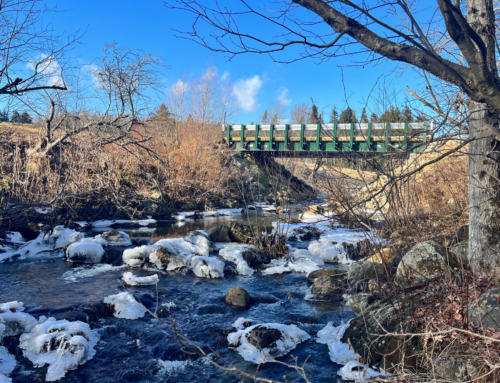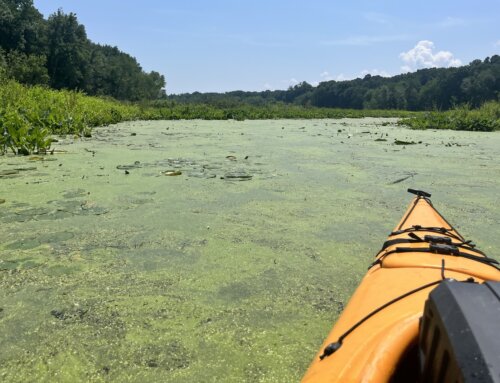Greenfield, MA – The Connecticut River Conservancy (CRC) hosts their 22nd annual Source to Sea Cleanup on Friday & Saturday, September 28 & 29. After more than two decades of cleaning up our rivers, CRC continues to work toward solutions to the persistent problem of trash pollution. The Source to Sea Cleanup is a two-day river cleanup coordinated by CRC in all four states of the 410+ mile Connecticut River basin (NH, VT, MA, CT). Each fall, thousands of volunteers remove about 50 tons of trash along rivers, streams, parks, boat launches, trails and more. For more information or to register for the event, visit ctriver.org/cleanup.
In addition to annually coordinating volunteers to clean up trash in our rivers, CRC works to prevent pollution. Trash tires are consistently found during the Source to Sea Cleanup and they never break down in the environment. In 2017, Cleanup volunteers collected over 1,400 trash tires. For the third year, CRC will work on clearing out a massive tire dump along the Deerfield River in MA. Source to Sea volunteers will also begin cleaning up a newly discovered tire dump in Brattleboro, VT. It’s estimated that over 11 million waste tires are generated each year in NH, VT, MA, and CT. Of those, nearly 600,000 remain unaccounted for and could be ending up in our rivers.
“It’s time for tire producers to take greater responsibility for the tires they generate,” says Andrew Fisk, CRC Executive Director. “Pushing the disposal cost to consumers is a recipe for illegal dumping.”
CRC supports more widespread Extended Producer Responsibility (EPR) programs as a solution to this problem. EPR programs lead to free, easy disposal of items such as tires, paint, mattresses, electronics and batteries, which eliminate or reduce the incentive for illegal dumping. EPR works by having producers be responsible for the proper recycling and reuse of their product. EPR programs have been successful across the country and the world to turn waste into a reusable commodity. These programs also include advanced market development, which can increase the value of post-consumer materials and provide opportunities for economic development.
This year, CRC is asking Cleanup participants and all who enjoy our rivers to join them in demanding an end to trash tires. Photos of tires found during the Cleanup will help illustrate the problem. A petition will put pressure on legislators and corporate decision-makers to implement EPR programs and other solutions to reduce trash tires. Learn more about how you can get involved at ctriver.org/takeaction.
“We all have a responsibility to solve this problem,” says Fisk. “We are responsible as consumers to make good choices in how we purchase and dispose of products. Manufacturers, businesses, and government are also responsible and must be held accountable. By working together, we can make a real difference for our rivers.” Over the past 22 years, Source to Sea Cleanup volunteers have removed more than 1,043 tons of trash from our rivers. CRC believes it’s time for manufacturers, businesses, and government to do their part.
Lead Source to Sea Cleanup sponsor, Eversource, is pleased to support CRC’s efforts. “It’s great to be able to take action that makes a difference,” said Eversource President of Corporate Citizenship Rod Powell. “At Eversource we’re always ready to roll up our sleeves because we believe actions speak louder than words, especially when it comes to protecting and preserving our environment. So, we’re pleased to be hitting our waterways with buckets, rakes and gloves in hand to help clean and preserve our natural heritage. Together with the folks at Source to Sea, we’re in good company.”
Since 1952, Connecticut River Conservancy has been the voice for the Connecticut River watershed, from source to sea. CRC collaborates with partners across four states to protect and advocate for your rivers and educate and engage communities. They bring people together to prevent pollution, improve habitat, and promote enjoyment of your rivers. Healthy rivers support healthy economies. To learn more about CRC, or to make a contribution to help protect the Connecticut River, visit ctriver.org.
###







